What is a dark sky destination?
And what makes a destination a dark sky preserve or park?
Great questions.
I actually had not heard the term until I came upon a sign in Ireland on my travels earlier this year.
Then I met a couple that mentioned that they wanted to spend some time in a certain spot in Ireland that is considered a dark sky place.
My niece mentioned it as well as she told me about some travel plans she and her husband had.
I began to hear more about this being a hot trend in travel — articles and blogs popping up in my inbox.
So I thought I’d do a bit of research.
What does it mean to be a dark sky designated place?
The International Dark Sky Association was founded in 1988.
“The International Dark-Sky Association (IDA) is the recognized authority on light pollution and is the leading organization combating light pollution worldwide.”
Their mission (from their website):
IDA’s mission is to preserve and protect the nighttime environment and our heritage of dark skies through environmentally responsible outdoor lighting.
And their goals (also from their website):
- Advocate for the protection of the night sky
- Educate the public and policymakers about night sky conservation
- Promote environmentally responsible outdoor lighting
- Empower the public with the tools and resources to help bring back the night
So the IDA is the organization that determines these places based on certain criteria.
This program — the International Dark Skies Places Program — was not started until 2001.
The IDA wanted to encourage communities, parks, towns, and other protected areas to protect the night time skies “through responsible lighting polices and public education.”
A person or group can submit an application for a park or community to be designated as an International Dark Sky Place (IDSP) and then the IDA — a specific committee — reviews the application.
There are 6 types of designations — Communities, Parks, Reserves, Sanctuaries, Urban Night Sky and Friendly Developments of Distinction.
And the standards are high for all of these.
As of now there are a little over 100 places with one of these 6 designations.
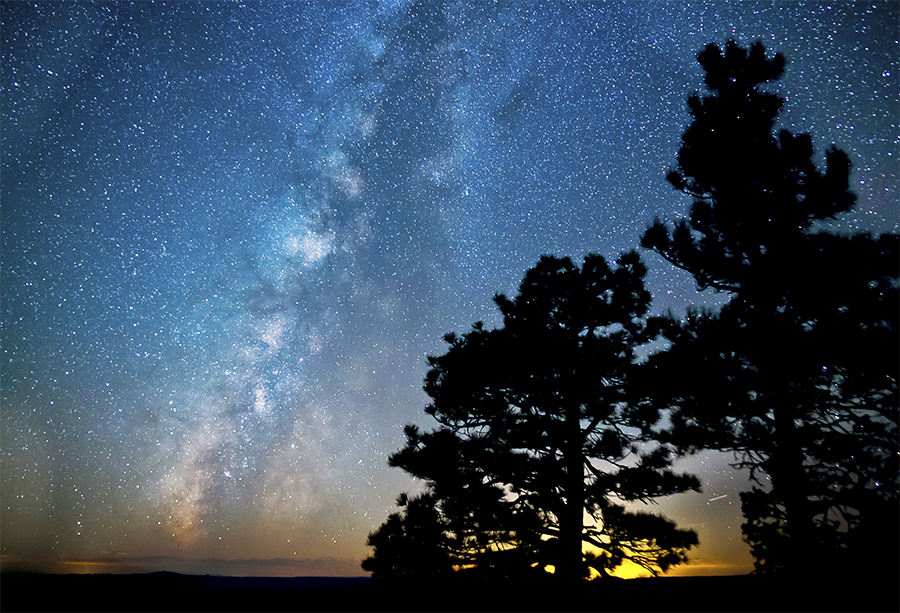
Grand Canyon-Parashant National Monument in Arizona is one of the Dark Sky Parks in the USA. Gorgeous! Photo Credit: Bob Wick (Bureau of Land Management) [Public domain or CC BY 2.0 (https://creativecommons.org/licenses/by/2.0)], via Wikimedia Commons
So what does all this mean for you as a traveler?
Not everyone is into looking at night time skies.
So this whole dark sky trend may not appeal to you.
But for those of us (ME!) who love looking up at at the stars — being able to find Venus or Mars in the sky or trying to find the various constellations — this dark sky place designation offers us destinations we can travel so that we can do a bit of true star gazing.
For me, my dark sky experiences first took place while I was living in Colorado.
After being in the ‘burbs of Cincinnati, Ohio my entire life, I was in awe of the dark sky up in the Colorado mountains.
I saw so many stars without all that light pollution.
It was breath taking!
And I saw even more stars as I made trips into southern Utah, visiting some of the national parks there.
I couldn’t believe there were that many stars out there!
For those of us who like a little time in nature for our travel, these Dark Sky Places are beginning to show up on our travel wishlists.
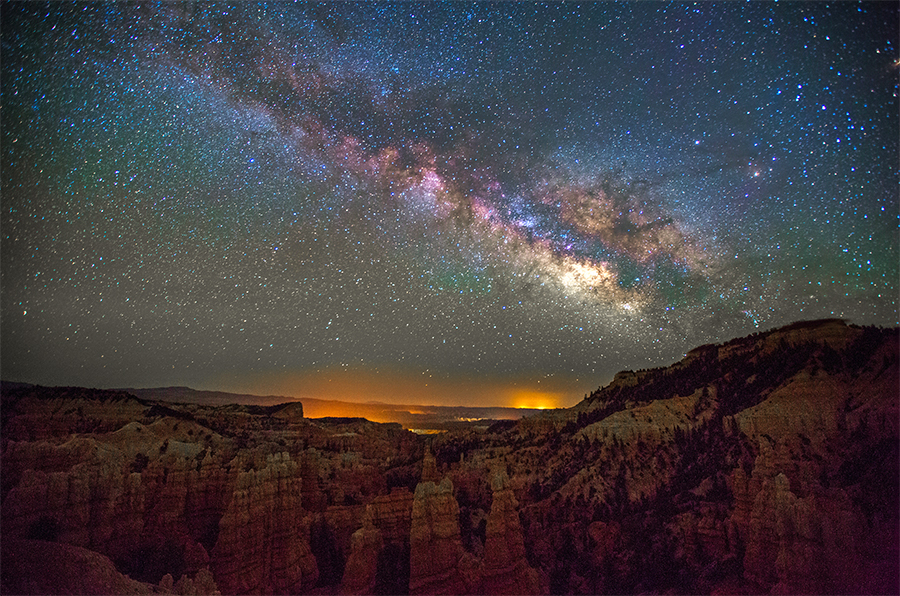
The night skies in southern Utah where so many of the national parks are provide some of the best Dark Sky Places to travel to in the USA. Photo Credit: Pixabay
The rise of the Dark Sky travel trend
As the IDSP designation started to be awarded to parks and communities, the tourism boards got with the program and began to promote these places.
Very savvy!
And it was in County Kerry, Ireland that I saw this first sign.
At least I think.
As I reach back in my old brain with its foggy memory, I’m beginning to think I may have seen a sign in Ballycroy National Park in 2017.
This park is in County Mayo, Ireland and is one of the Dark Sky Parks.
More and more travelers are seeking out these travel experiences such as seeing the northern lights which is why these signs are popping up.
And it’s why tourism boards and councils are promoting these destinations.
They know travelers are looking for these travel experiences rather than just seeing a site.
Truly, there is something very special about seeing these Dark Sky Places — gazing up to a black sky that is loaded with stars and planets.
And to possibly see the Milky Way, which I’ve seen on a few occasions in Utah and (I think) in the hills of Tuscany.
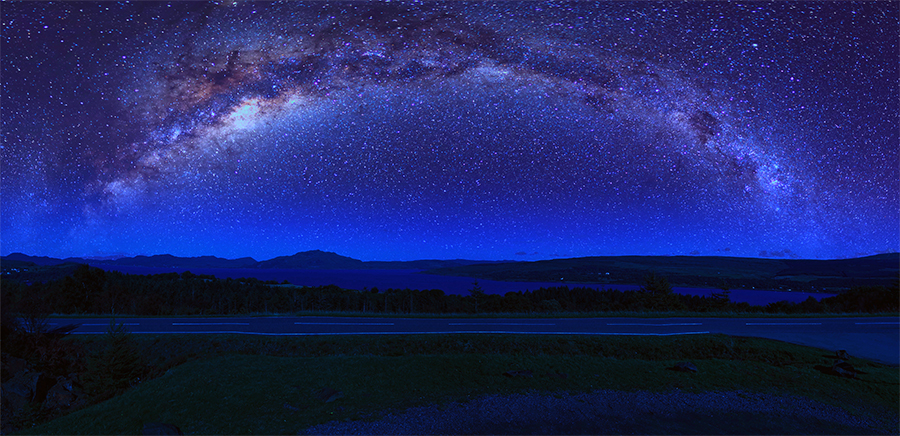
A gorgeous night time sky in the Scottish Highlands. Tomintoul and Glenlivet – Cairngorms were recently designated as the first International Dark Sky Park in the Scottish Highlands. Photo Credit: Pixabay
So where are these Dark Sky Places?
Most of the Dark Sky Places are in the western part of the USA.
However, I think we’ll begin to see more all over the globe.
This is still relatively new and the IDA is headquartered in Tucson, Arizona so I’m guessing that it’s just better known in the USA and seems to have caught on in Europe.
As you might imagine, there are loads of International Dark Sky Parks that are also US National Parks.
But there are some fabulous Dark Sky destinations in Europe.
As I mentioned, in Ireland you’ll find Ballycroy National Park as well as the Iveragh Peninsula (the Ring of Kerry).
Snowdonia National Park in Wales is a Dark Sky Reserve as is Cévennes National Park in France.
Hungary, Germany, England, Scotland, Denmark and the Netherlands also have Dark Sky places.
I think more will continue to show up as more countries and communities apply for this special designation.
This trend won’t go away.
And I love what this organization is doing.
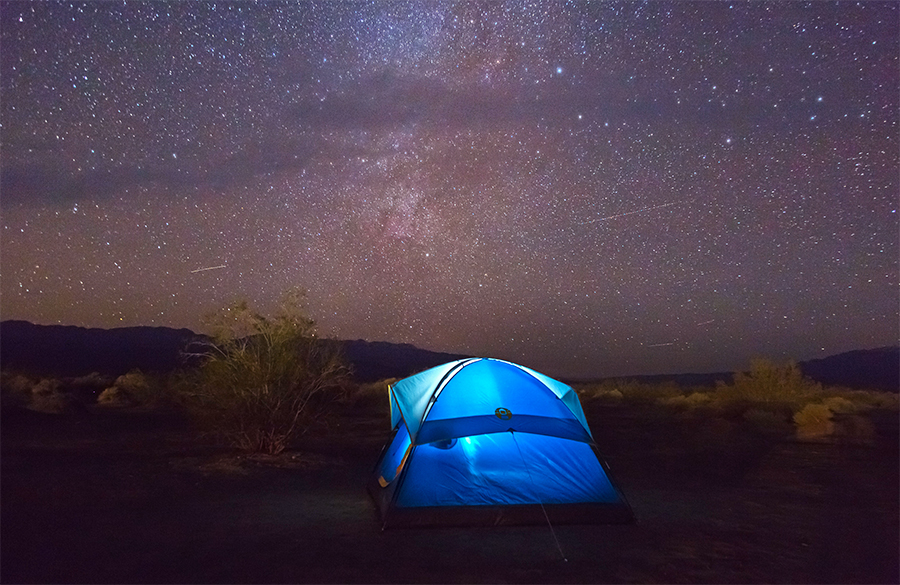
One of the International Dark Sky Parks is Death Valley in the USA. Just a lot of WOW! Photo Credit: Wilson Ye wilsonye123 [CC0], via Wikimedia Commons
Are you up for traveling to an International Dark Sky Park or Reserve?
My advice is to check out the IDA website.
I wish the interactive map was a bit better and I do think they could tidy up the website a bit.
But it’s still a wonderful source of information on what it means to be a Dark Sky Place and what the IDA does.
There are recommendations on ways you can help, get involved or if you simply want to make a donation.
I really hope to see the list of International Dark Sky Places grow.
Having been to some of these destinations and seen these beautiful night skies, well, there’s just nothing like it.
Somehow seeing all that is out there in the Universe — and beyond — puts life into perspective.
It makes your problems that seem so BIG and insurmountable, suddenly not so significant.
To infinity and beyond…
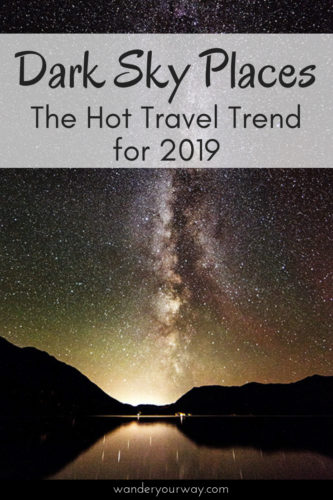








Nice post! Thanks for sharing!